Nintendo stunned gamers with a teaser for its upcoming sequel to The Legend of Zelda: Breath of the Wild at E3 2019. The video served as a fantastic climax to an already-packed presentation, leaving fans excited for the follow-up to one of the greatest games of all time.
Breath of the Wild was a launch title for the Nintendo Switch and a key contributor to its early success. Zelda titles are widely respected even by gamers who don’t care about Nintendo’s other offerings. The publisher capitalized on that interest to catapult the Switch to instant popularity and strong sales.
The developers of Breath of the Wild reinvented the franchise, bringing Zelda and what makes it special into an open-world experience. It added new mechanics to fit the open-world setting, including resource management and a leveling system. The team even threw out the official timeline created just six years prior, deciding to pay respect to The Legend of Zelda‘s legacy rather than feel restricted by it.
The world of Breath of the Wild is so filled with homages to past titles that they continue to be discovered years after the title’s release. Just last month, GameXplain uncovered that Lurelin Village, a tiny corner of Breath of the Wild’s map, is identical to Outset Island from The Legend of Zelda: The Wind Waker.
Breath of the Wild is universally acclaimed and frequently described as a once-in-a-generation experience. However, if the sequel manages to live up to its predecessor, fans may end up with a once-in-a-generation game for a second time on the Switch. T
The game also holds significance beyond its potential to be as beloved as its predecessor. While Breath of the Wild pays tribute to its legacy, the next game looks to mark historic events for the franchise.
The E3 video teases several key ways the sequel may change how we think of The Legend of Zelda, including the possibility of something requested by fans since the series’ inception. Keep reading to learn what makes the sequel to Breath of the Wild such a momentous occasion.
Its rarified air as a Zelda sequel
18 games encompass the main Zelda franchise, but surprisingly few are direct sequels to previous titles. That measurement depends on what you qualify as a sequel. For example, neither Oracle of Ages or Oracle of Seasons is considered a sequel for the purpose of this article, because one doesn’t lead into the other. Only games featuring a Link and Zelda from a previous title quality. By that definition, only three sequels exist in The Legend of Zelda’s history. Those are:
Phantom Hourglass & Spirit Tracks
Two of the three sequels star Toon Link, the anime-inspired version of the hero first seen in The Wind Waker. The GameCube title was initially maligned for its art style and lighthearted atmosphere at a time when most fans were looking for something darker. In retrospect, however, Wind Waker is widely regarded as one of the best games of the franchise.
Its sequels Phantom Hourglass and Spirit Tracks, on the other hand, are considered two of the worst. Despite featuring the same characters and familiar settings, the gameplay is nothing like controls in Wind Waker. Released for the Nintendo DS, both titles involves heavy (read: excessive) use of the handheld’s touch screen. A touch screen was a novelty in an age before smartphones. But, even back in 2007, most playing Phantom Hourglass and Spirit Tracks wished they could put down the stylus and return to the style of gameplay from previous Zelda titles.
The Legend of Zelda: Majora’s Mask
Majora’s Mask is the most popular Zelda sequel and the most relevant to any discussion about a Breath of the Wild follow-up. The game (arguably) features the same Link sent back to the past as a child in Ocarina of Time. It’s set in Termina, a land destined to be destroyed in three days by a giant falling moon unless Link can save it.
Majora’s Mask released less than two years after Ocarina of Time on the Nintendo 64. To turn it around in such a tight timeframe, the developers built the game on the same engine used for Ocarina of Time and reused assets from the 1998 title. But the developers did so in a creative, compelling way. In order to compensate for the smaller map in Majora’s Mask, for example, the team developed the three-day cycle to make Termina a place worth exploring again and again.
Though the Breath of the Wild sequel features substantially improved graphics, it also looks to utilize the game engine of its predecessor. That choice is very sensible, since the development team (Nintendo’s largest ever) spent six years honing it. The sequel likely reuses assets, as well, which is only sensible. It would be wasteful to abandon them.
Fans expect the Breath of the Wild sequel to serve as the Majora’s Mask to the original’s Ocarina of Time. That will likely be the case, but maybe not how gamers expect.
Its “darker” turn
Though it’s bound to be eerier than Breath of the Wild, fans hoping for a very dark and horrific sequel are bound to be disappointing.
For one, Majora’s Mask isn’t as dark as a lot of fans remember. The description of the game stated earlier tells you that the story features more imminent danger, the threat of which shared by the entire population of Termina. But it contains its share of silliness, as well, just like every other Zelda game. Like Majora’s Mask, Breath of the Wild’s sequel will undoubtedly retain the series’ sense of whimsy even amidst a more sinister story.
Secondly, it’s important to note that the teaser trailer debuted during E3, an event watched by older viewers. That means it wasn’t produced for Nintendo’s core market: children. While the announcement video focuses on more frightening moments, trailers targeted at a younger audience will highlight more cheery aspects of the game.
None of this is a bad thing, even for gamers clamoring for a “darker” game. Nintendo knows what these fans are really looking for, even if they themselves can’t put it into words. It’s not actually violence, gore, or terror. Rather, they long for the moody atmosphere they remember from Majora’s Mask, and the trailer suggests we’ll receive that. Because Zelda games are meant for all ages, scares found within them will be subtle, but that doesn’t mean they’ll be any less scary.
Digging into Ganondorf
From the beast comes the man with the beast inside. The trailer offers clear hints that, following Link’s defeat of Calamity Ganon, the monster’s remains turn into Ganondorf, the humanoid form of the force of evil.
In fact, one of Kass’ songs Link is played in Breath of the Wild foretells Ganondorf’s return. Twitter user Alpha Gamboa shared an extremely convincing theory in a widely read Twitter thread:
I think I figured it out. Ganondorf was the knight chosen by a previous Zelda to help seal Ganon 10,000 years ago.
Ganondorf became the vessel to contain it. They buried him under Hyrule Castle [as explained by] Kass’ song about Hyrule’s ancient history.
Breath of the Wild contains the most comprehensive narrative in the series’ history. If the upcoming title involves as much story as its predecessor, we’re in for a much deeper look into the villain than ever seen before. Ganondorf has been a familiar (some say too familiar) face in The Legend of Zelda since his debut in Ocarina of Time. What we’ve seen suggests the Breath of the Wild sequel looks to finally offer a definitive take on the series’ central antagonist.
A potentially playable Zelda
Zelda’s presence in the teaser indicates she stands by Link’s side for most of the game. Perhaps Zelda is simply a companion on his journey. But multiple signs suggest that, for the first time, the princess isn’t just present, but playable.
Princess Zelda’s short hairstyle
In the trailer, Zelda’s hair is woven into a bun, much more practical for traveling and combat than wearing it down. In addition to its practicality, short hair has long been a motif (or trope) in storytelling. In fiction, shorter hair historically suggests a female character is ready for action.
A co-op Zelda title fits the Nintendo Switch’s mission statement
Because two joy cons come with every Switch (prior to the Switch Light, anyway), Nintendo pushes games that can be played alongside a friend or family member. Examples include 1-2 Switch, Kirby Star Allies, Mario Party, and the Switch version of Captain Toad: Treasure Tracker, to name a few.
It stands to reason that a Zelda game built from the ground-up for the Switch will take full advantage of the hardware’s unique features. Breath of the Wild required both joy cons to play, but Nintendo’s focus of co-op goes beyond sharing one set. Mario Odyssey, originally designed for the Wii U, incorporates co-op during which Player 1 uses a full controller and Player 2 can play with one joy con.
Nintendo won’t confirm the game isn’t co-op
Normally, you can’t read much into a big company’s non-answer. However, Nintendo recognizes the danger in keeping people’s hopes up. Better to rip off the band-aid now then let fervor escalate. Nintendo is well aware of fans’ desire for a playable Zelda, and during this generation, Nintendo has taken care to make its fans happy.
A playable Princess Zelda would mark be a momentous (if long overdue) occasion. She’s been playable in other titles such as Super Smash Bros, Hyrule Warriors, and Crypt of the Necrodancer: Cadence of Hyrule. But never in a true Legend of Zelda title.
We learned so much about Princess Zelda in Breath of the Wild’s cut scenes. The logical next step is to inhabit her in the game. At this point, that seems like a distinct possibility. Out of all the speculation over the sequel, this is the biggest question mark. Her playability will be a defining aspect of the game, one way or the other.
Closing Words
Few, if any, video game franchises can claim as rich a legacy as The Legend of Zelda. The series has achieved critical acclaim for over 30 years. Not every game hits its mark, but the quality of Zelda titles, especially ones developed by the franchise’s A-team, is remarkably consistent. A Breath of the Wild sequel has everything going in its favor, and history suggests we’re in for something very, very special.


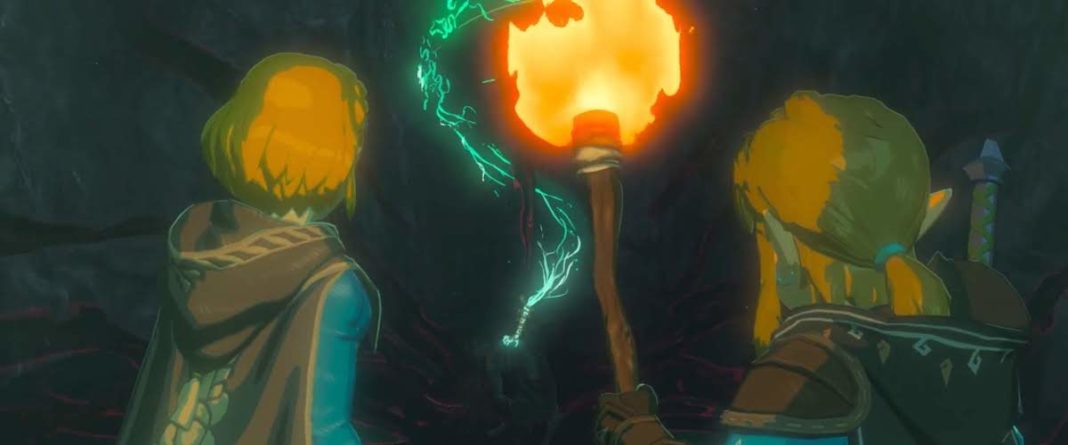
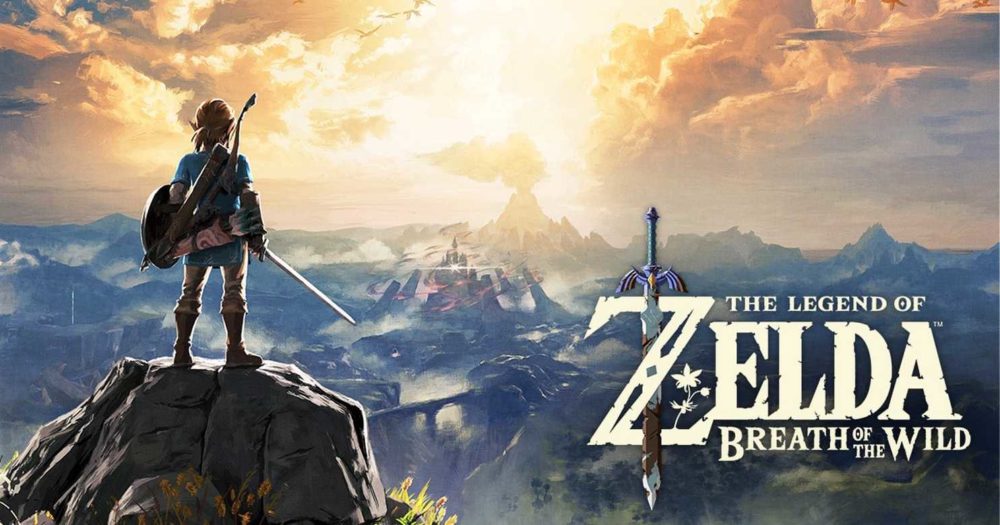
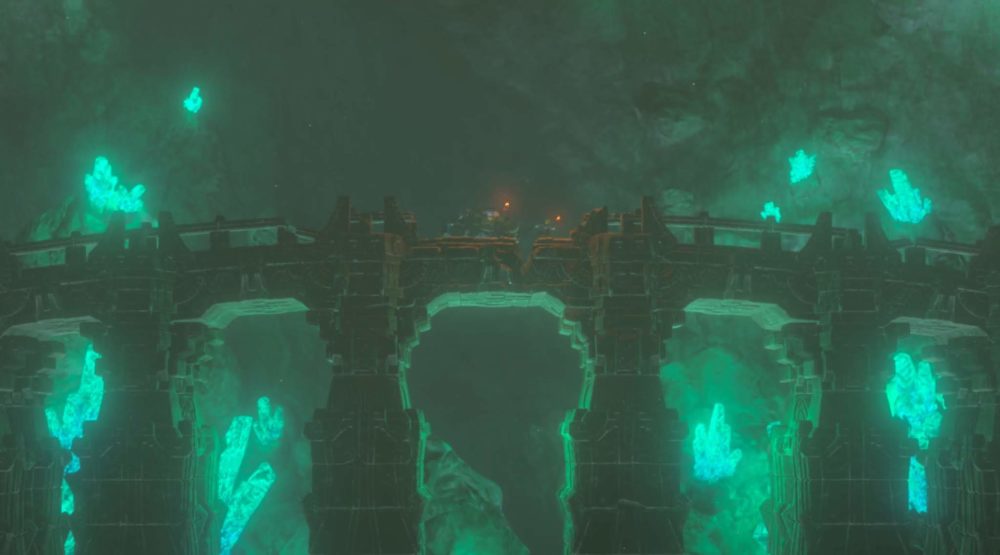
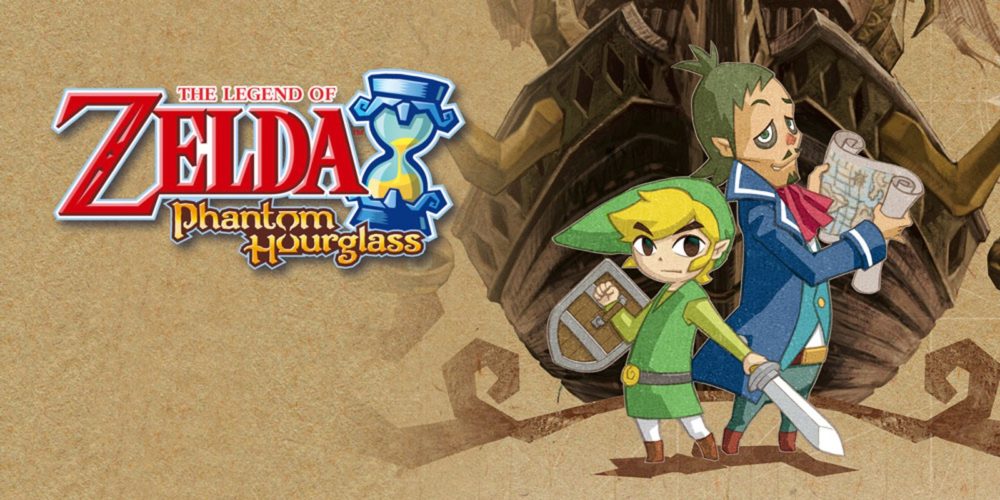
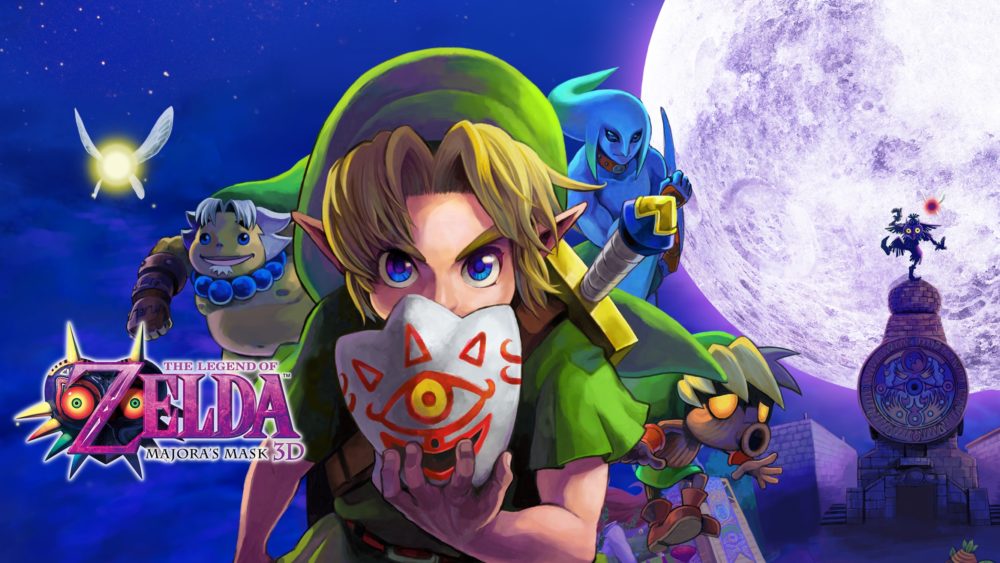
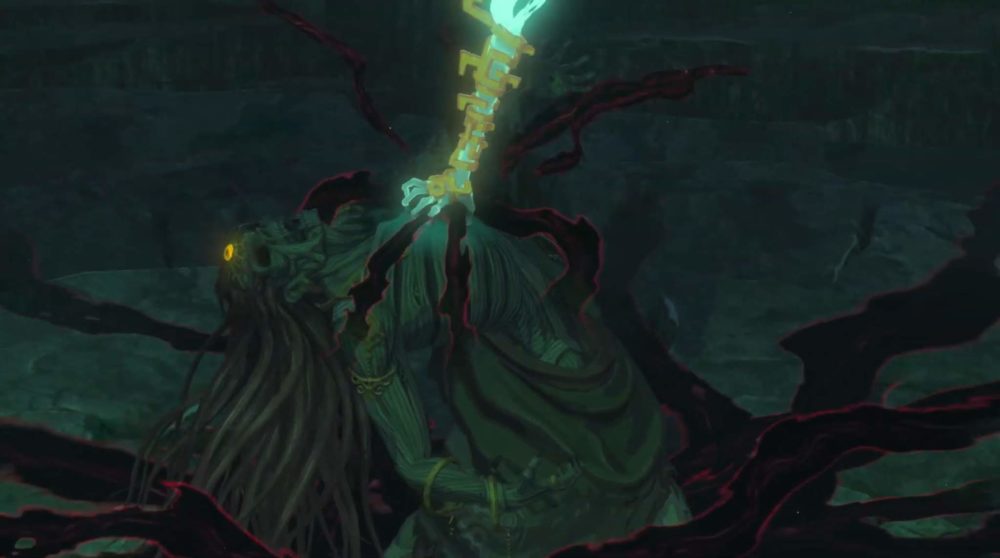
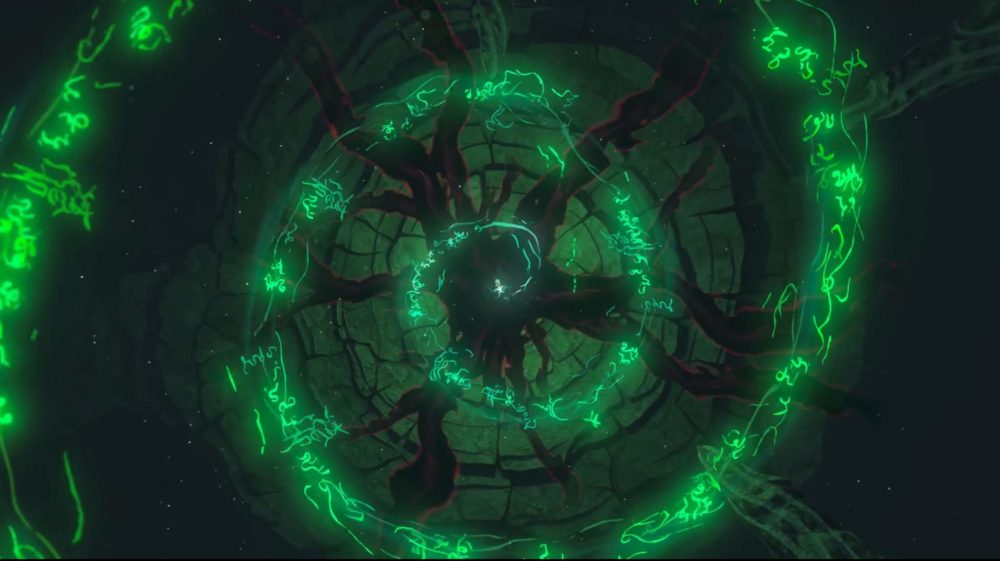
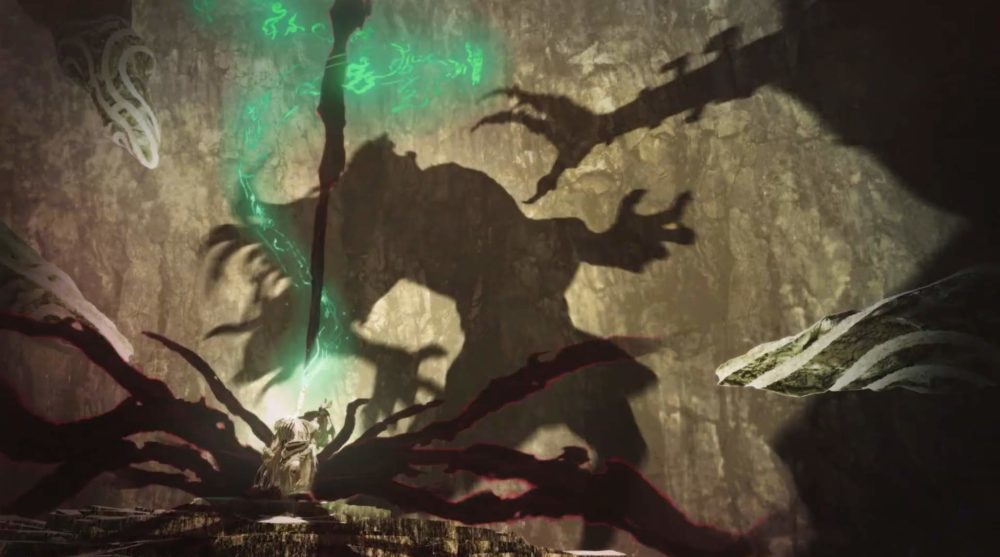
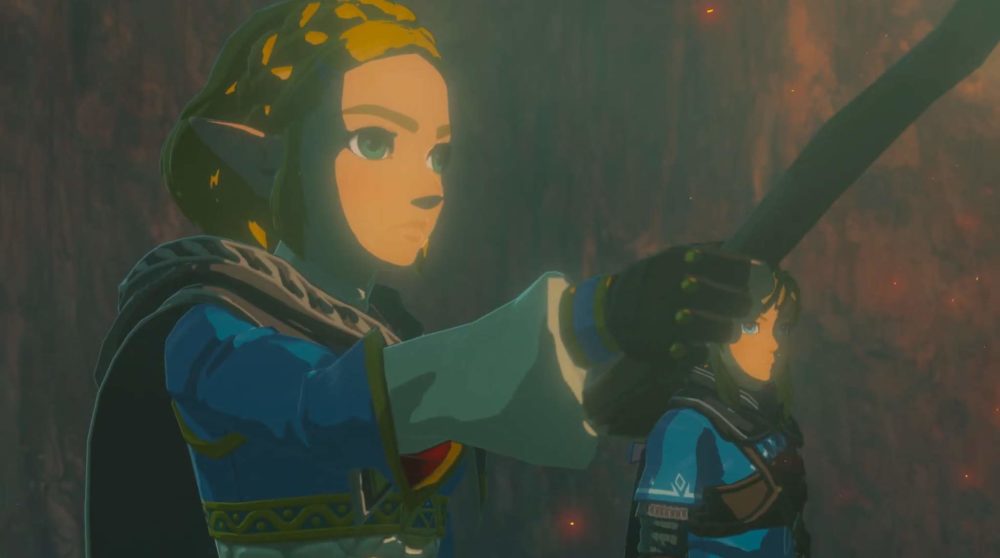
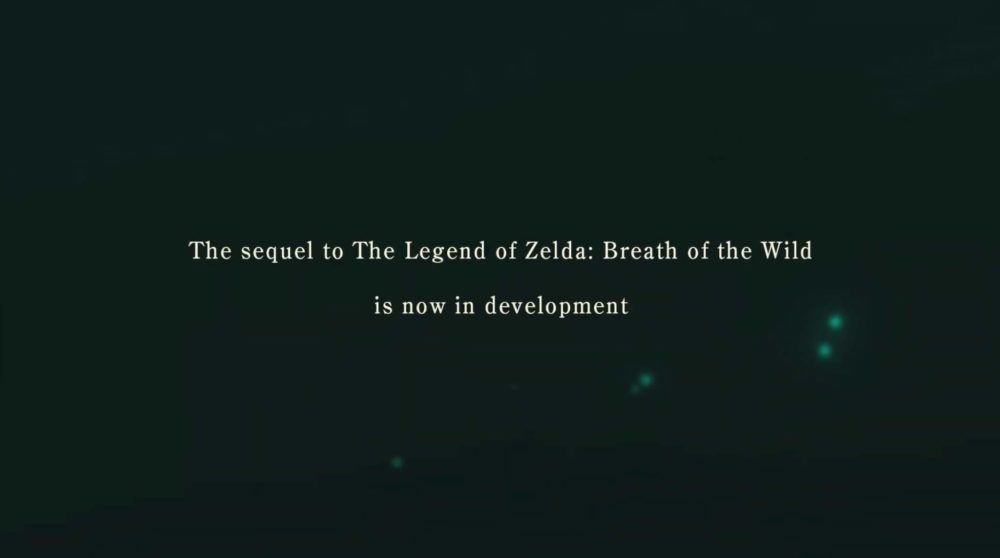
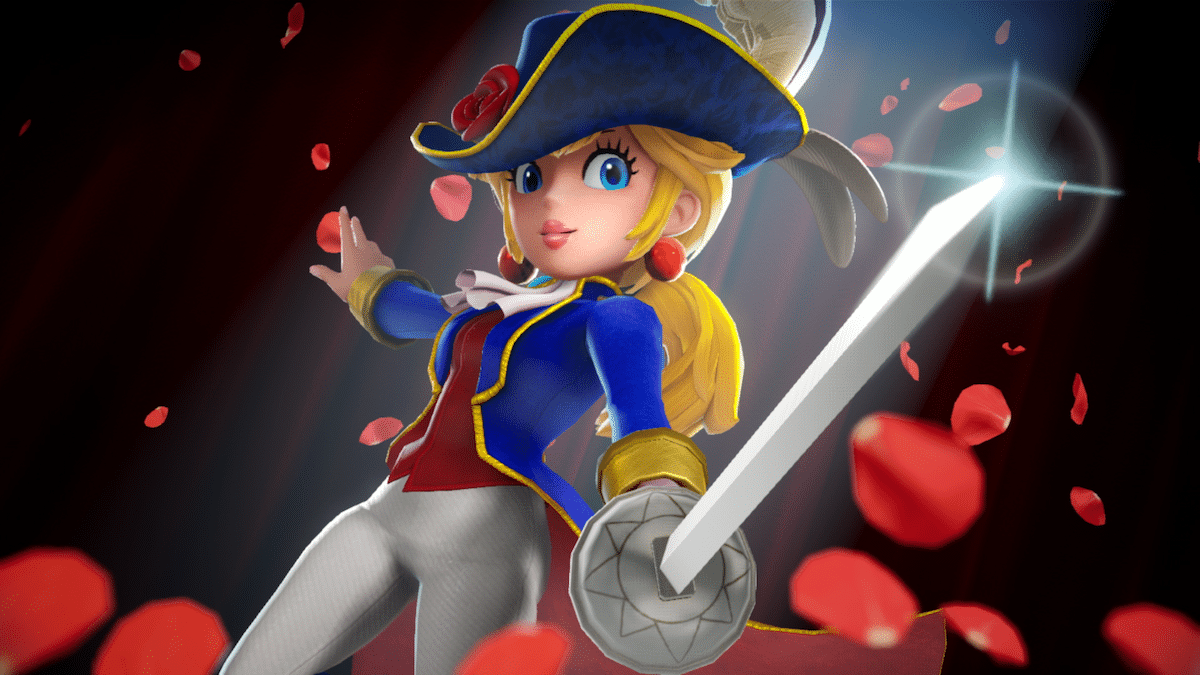
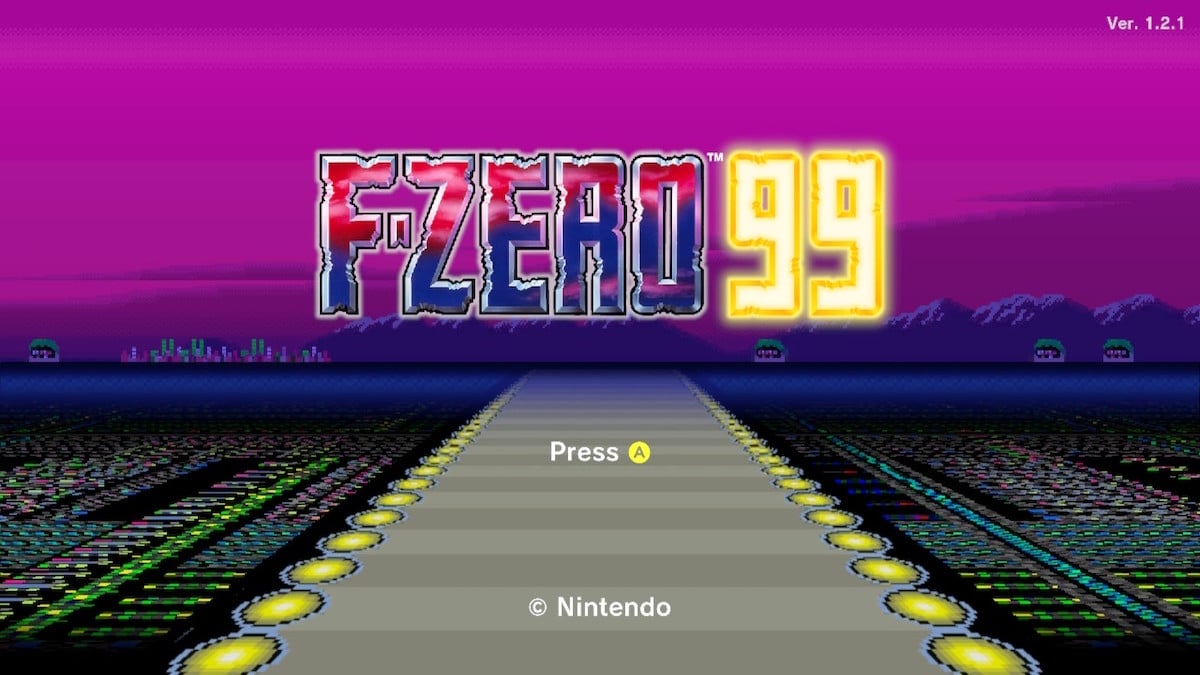
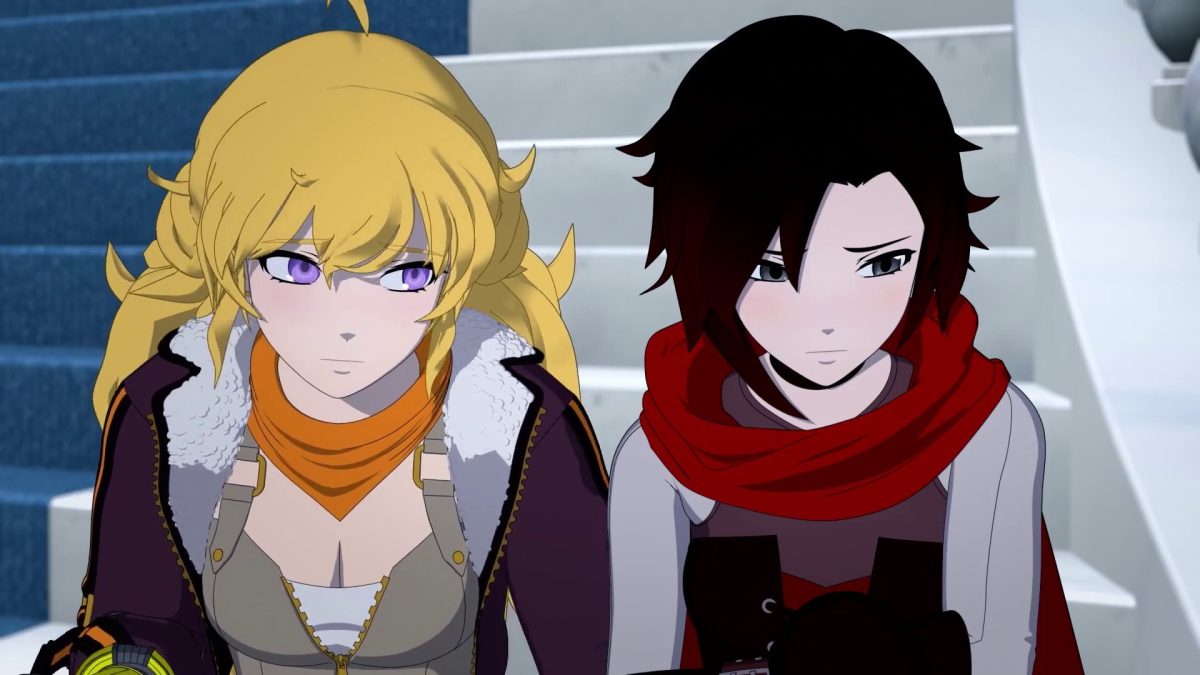


While it is confirmed in-game as a sequel to Phantom Hourglass (and Wind Waker), the Link of Spirit Tracks is a different character.
Comments are closed.